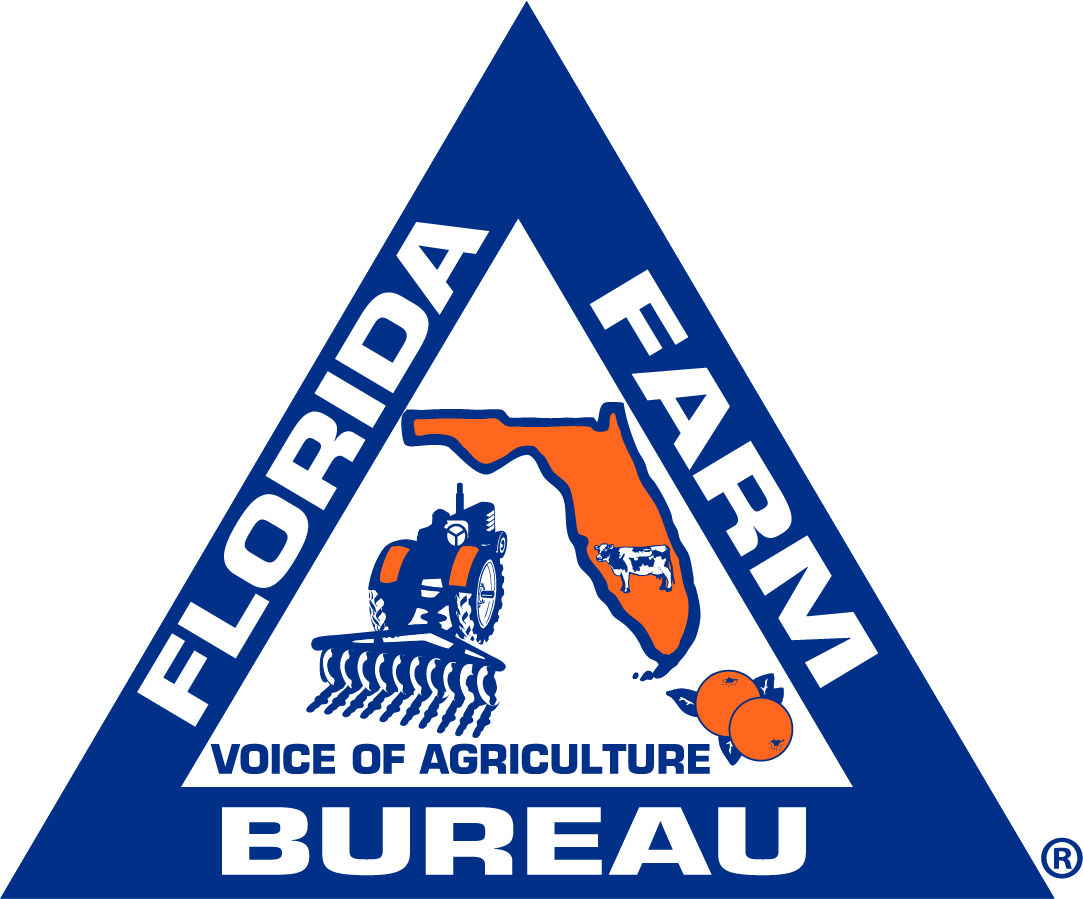July 2, 2015
National Safety Month, observed annually in June, focuses attention on reducing the leading causes of injury and death at work, on the road and in our homes and communities. To highlight good driving techniques, Florida Farm Bureau has been featuring articles that focus on ways we can all be safer at work and at home.
Join us, along with the National Safety Council and thousands of organizations across the country, as we work to raise awareness of what it takes to stay safe.
It can happen to you.
About 100 people die every day in car crashes, the number one cause of unintentional deaths in the U.S., according to the National Safety Council (NSC). What’s more, up to 90 percent of all car crashes are caused by driver error.
When you get behind the wheel, your safety is in your hands. Commit to safer driving and do your part this National Safety Month to reduce safety risks on the road.
Hang up the phone
An estimated one in four car crashes involves cell phone use – including hands-free communication. Many drivers believe they are being safe by using hands-free devices, but your brain is still distracted by the conversation. Drivers talking on cell phones can miss seeing up to 50 percent of their driving environments – like red lights and pedestrians – while distracted. Remember: One call could change it all.
Slow down
Speeding was a factor in almost a third of all fatal crashes in 2012, according to the Insurance Institute for Highway Safety. And while many people believe speeding is only a problem on highways, crash deaths involving speeding happen much more often on minor roads like neighborhood streets.
According to the Governors Highway Safety Association, speed reduces a driver’s ability to negotiate curves or maneuver around obstacles, decreases the effectiveness of vehicle features such as air bags, and increases the risk of crashes. Even 5mph can make the difference between life and death.
Take the defense
By driving defensively, you can prevent potential accidents. Watch your blind spots to avoid getting struck by another vehicle. Check intersections before pulling out, as not everyone stops when the light turns red. And try to stay at least three to four seconds behind the person in front of you – more in bad weather – to give yourself room to avoid an accident.
You can also utilize vehicle safety features such as Antilock Brake System (ABS), traction control, and daytime running lamps to help you when driving in bad weather. ABS helps you maintain steering control by reducing wheel lockup during hard braking on slippery surfaces.
Traction control also helps reduce wheel spin during acceleration on slippery surfaces. Daytime running lamps (DRLs) make your vehicle easier to see in a variety of daytime conditions, including fog, rain, dusk and bright sunlight.
NSC recommends these additional tips to stay safe on the road:
· Buckle up every trip, every time – even when traveling short distances.
· Refrain from using electronic devices – including hands-free – behind the wheel.
· Secure children in size-appropriate restraints.
· Do not drink alcoholic beverages and drive, as impairment begins with the first drink. If you drink, designate a sober driver or take alternate transportation.
· Never drive when you are tired – get plenty of sleep before your trip and plan regular stops.
-The National Safety Council
-Kupper, Bob. “Top Ten Defensive Driving Tips – Be Safe!” http://www.kupper-chevrolet.com/top-ten-defensive-driving-tips.htm

